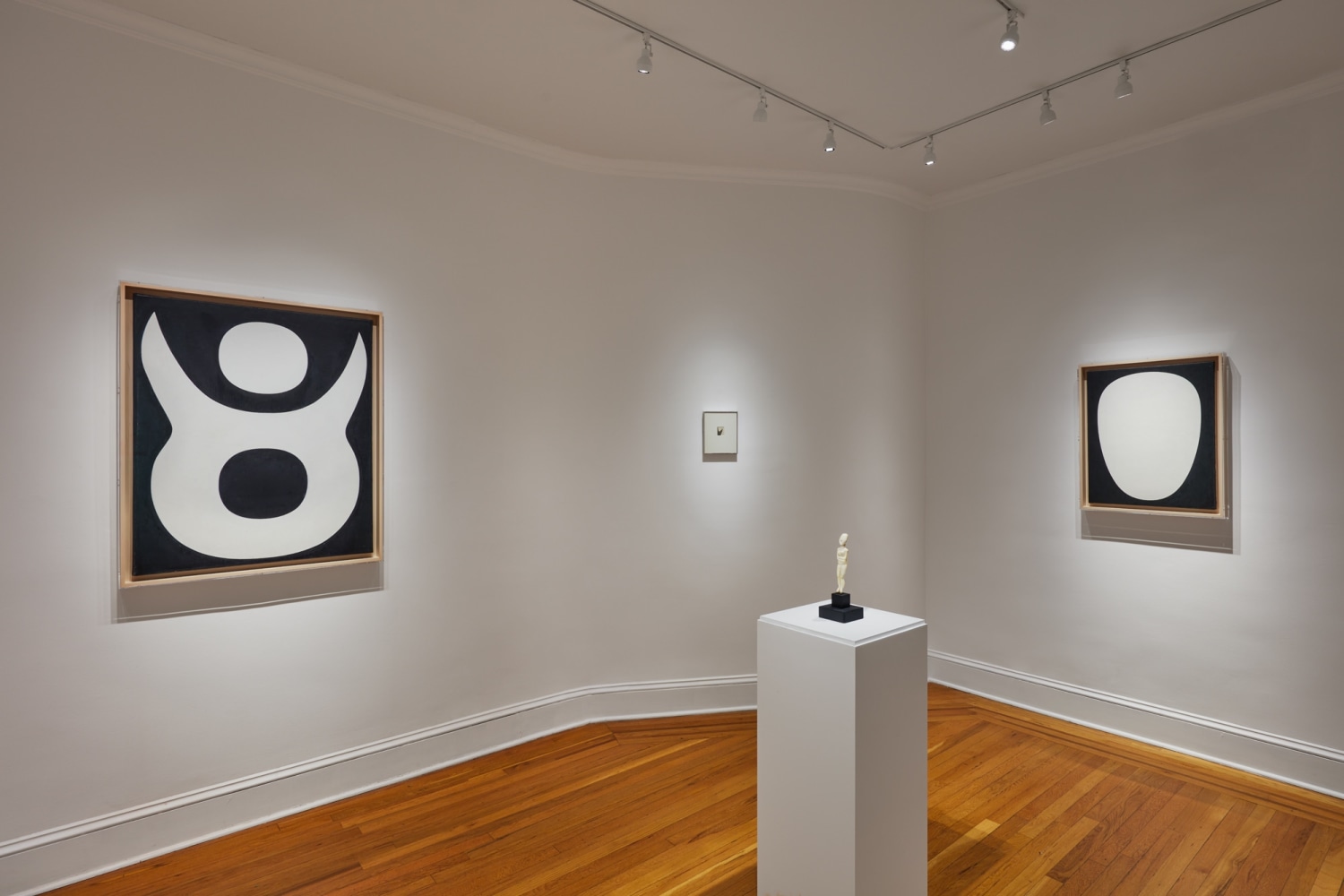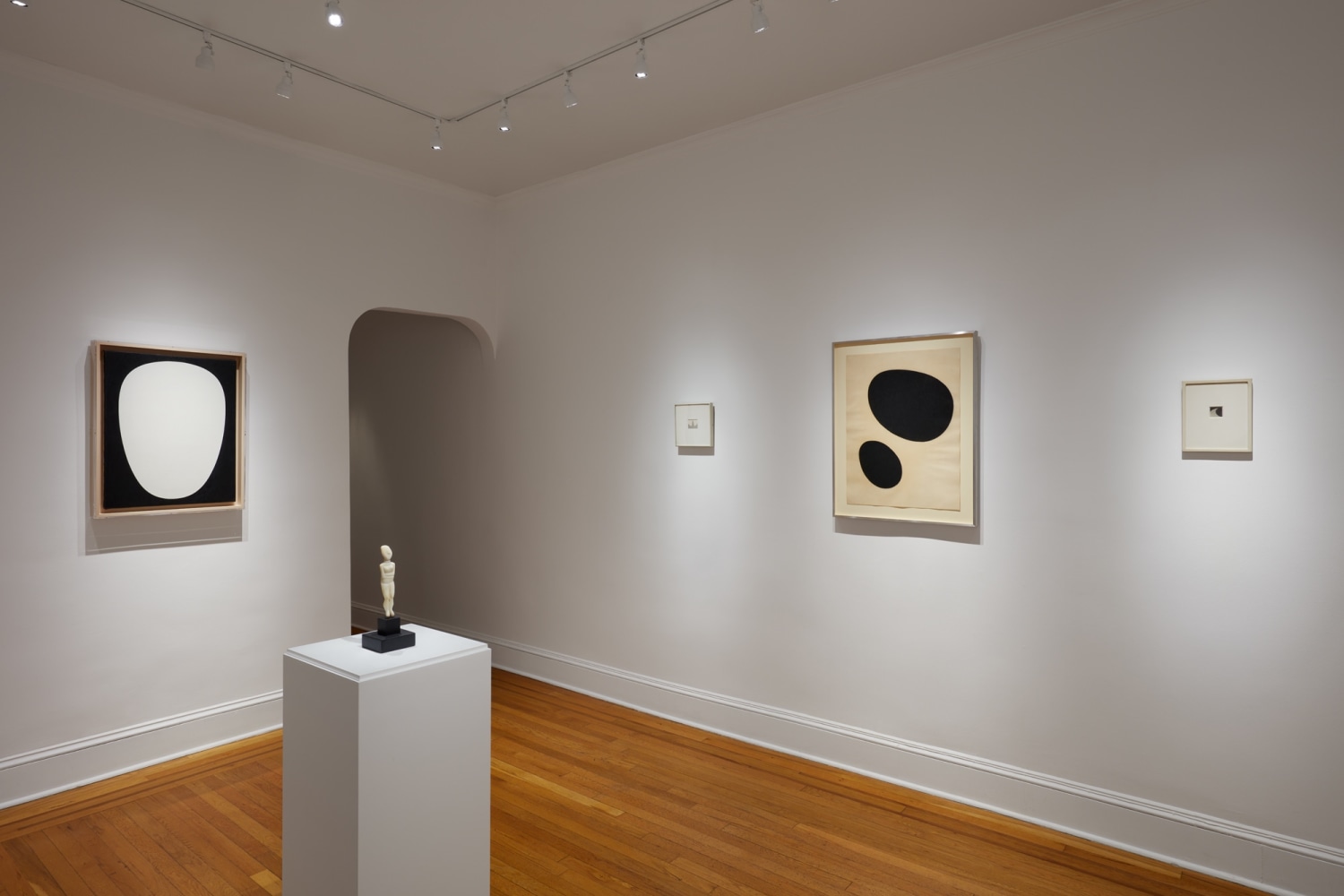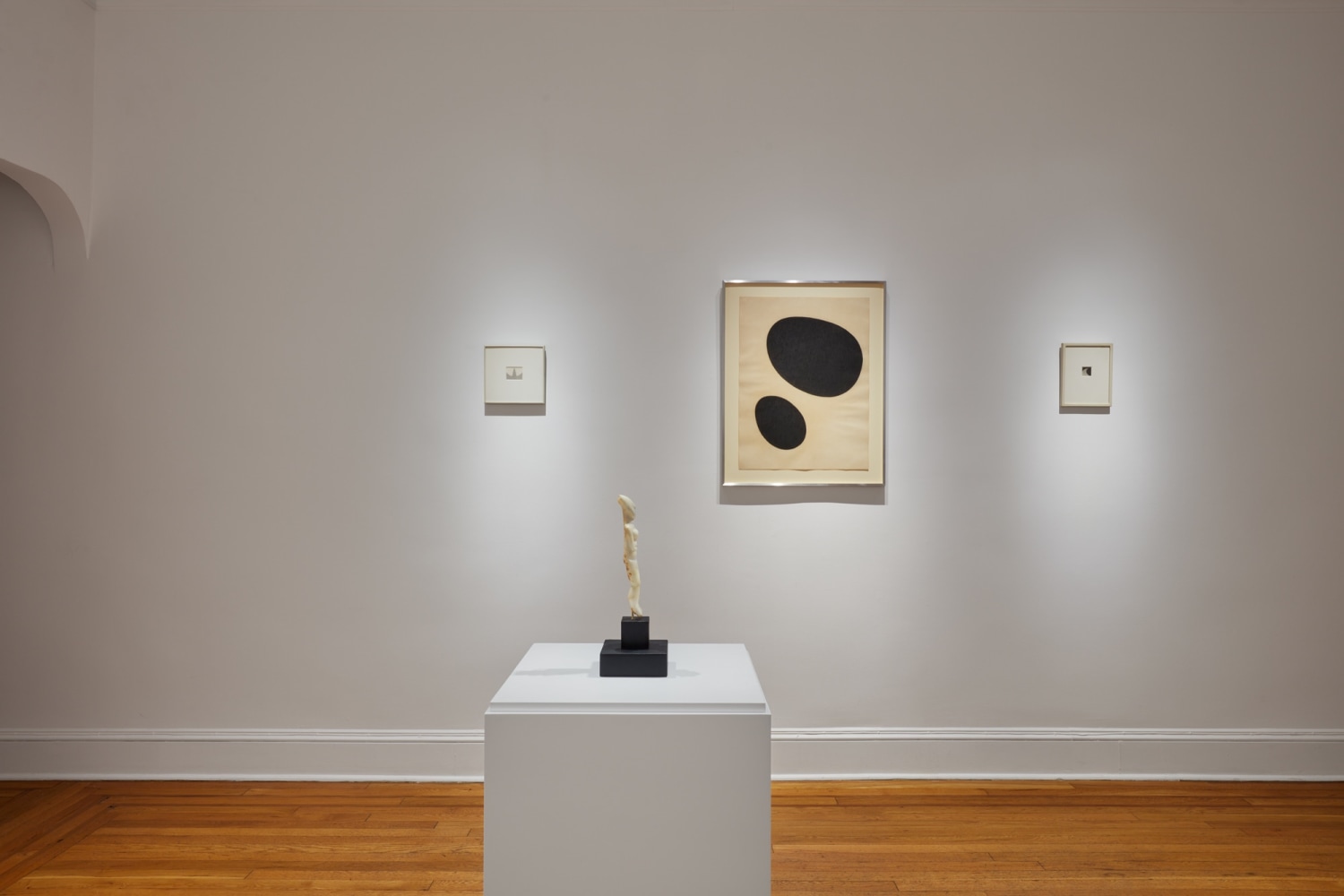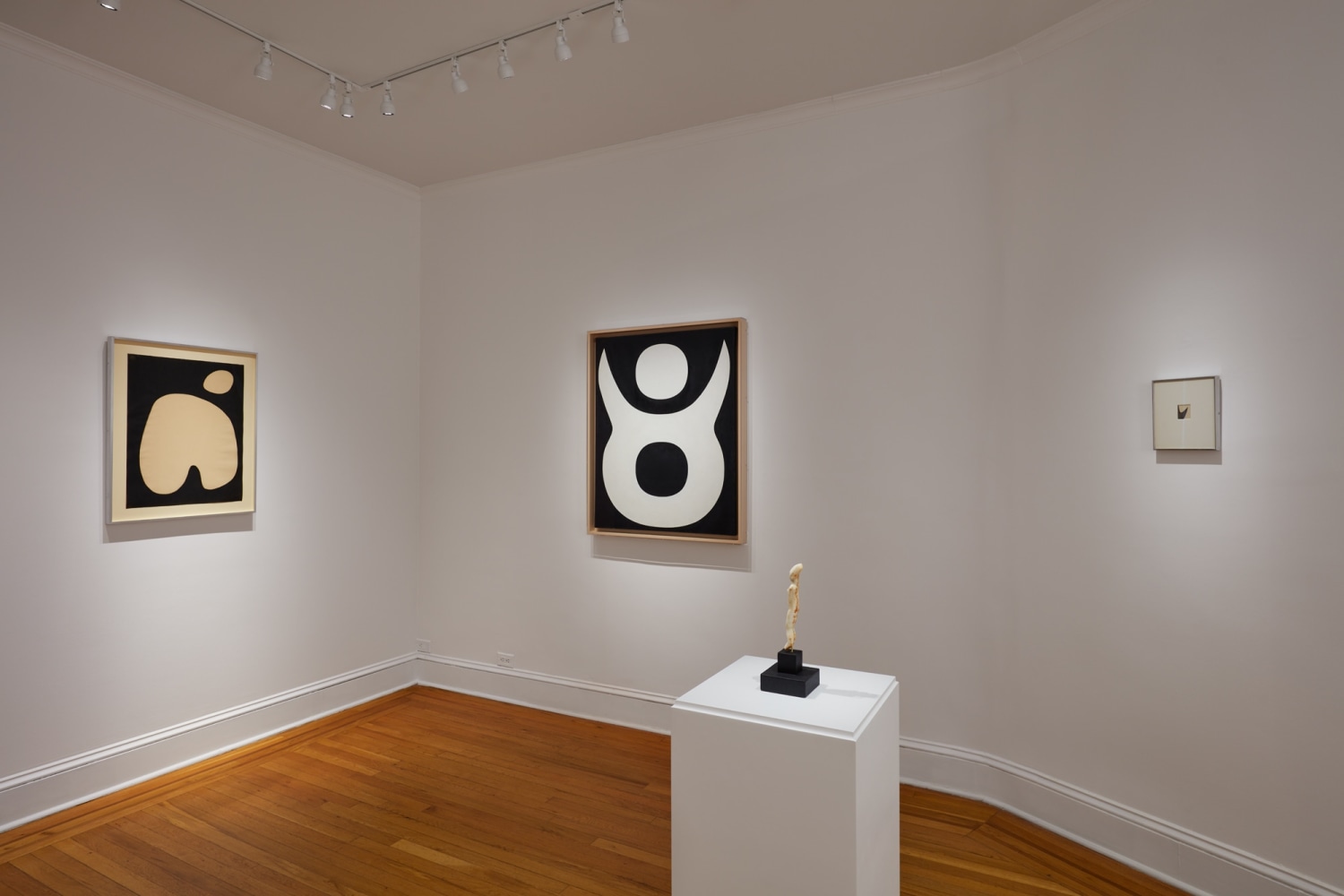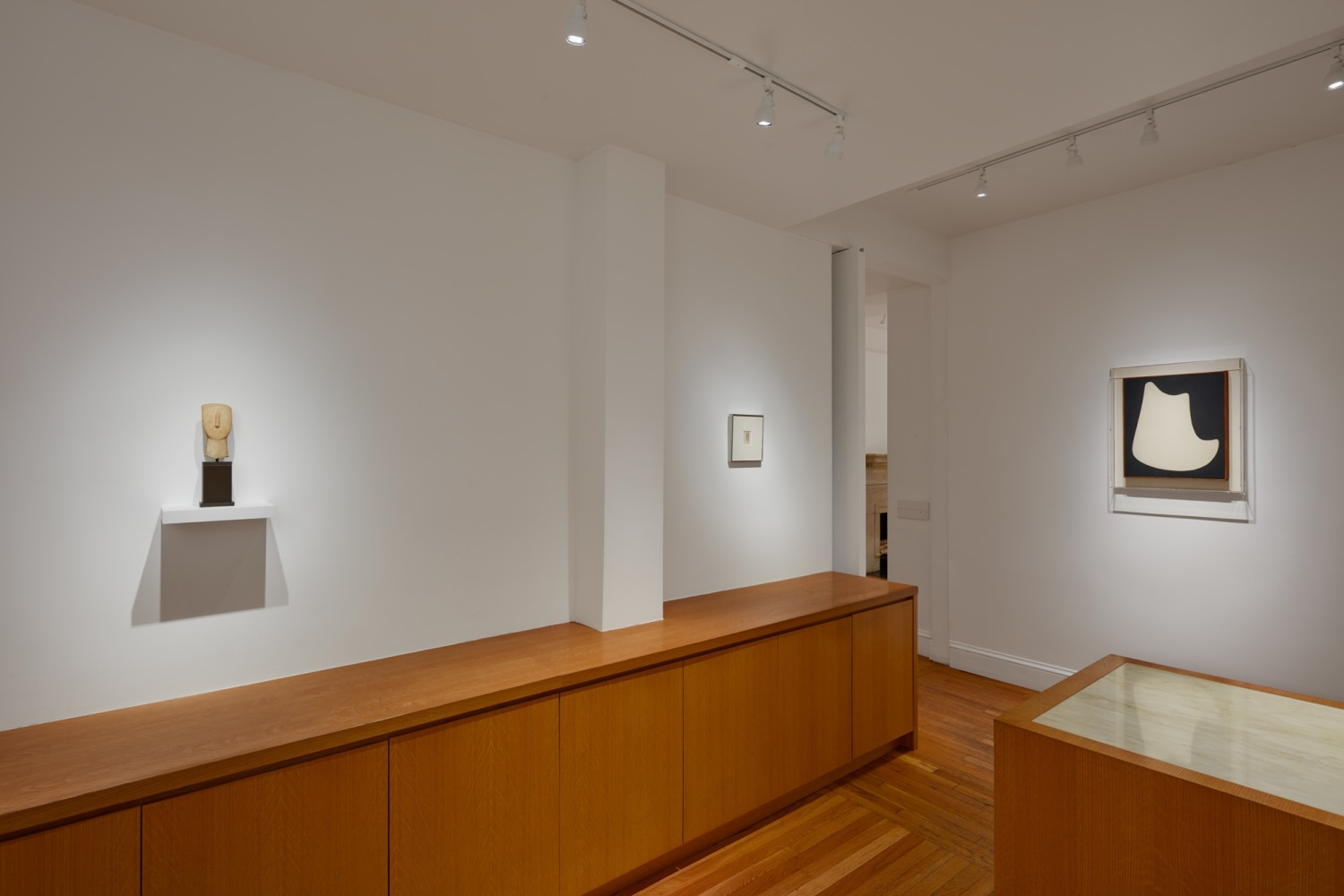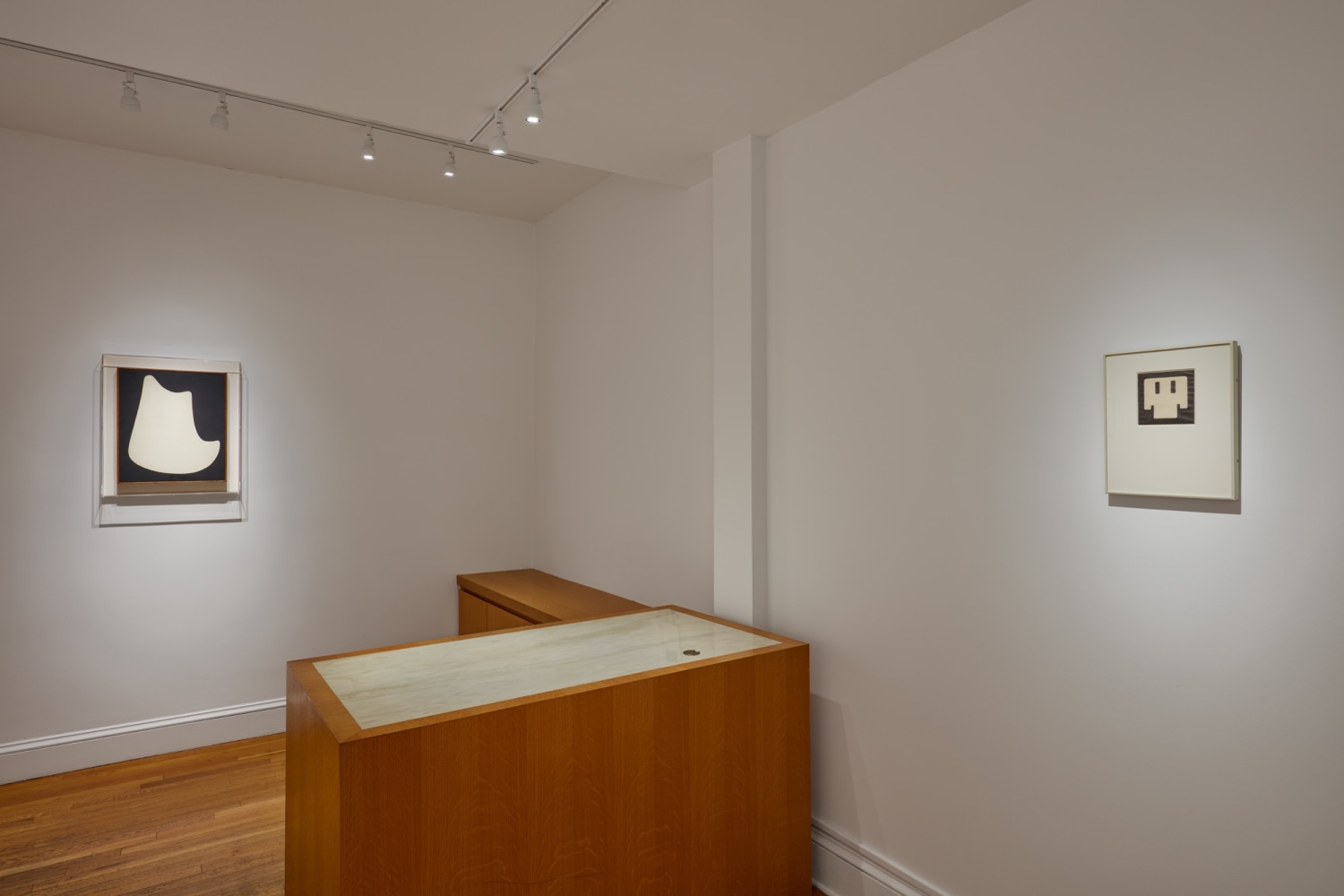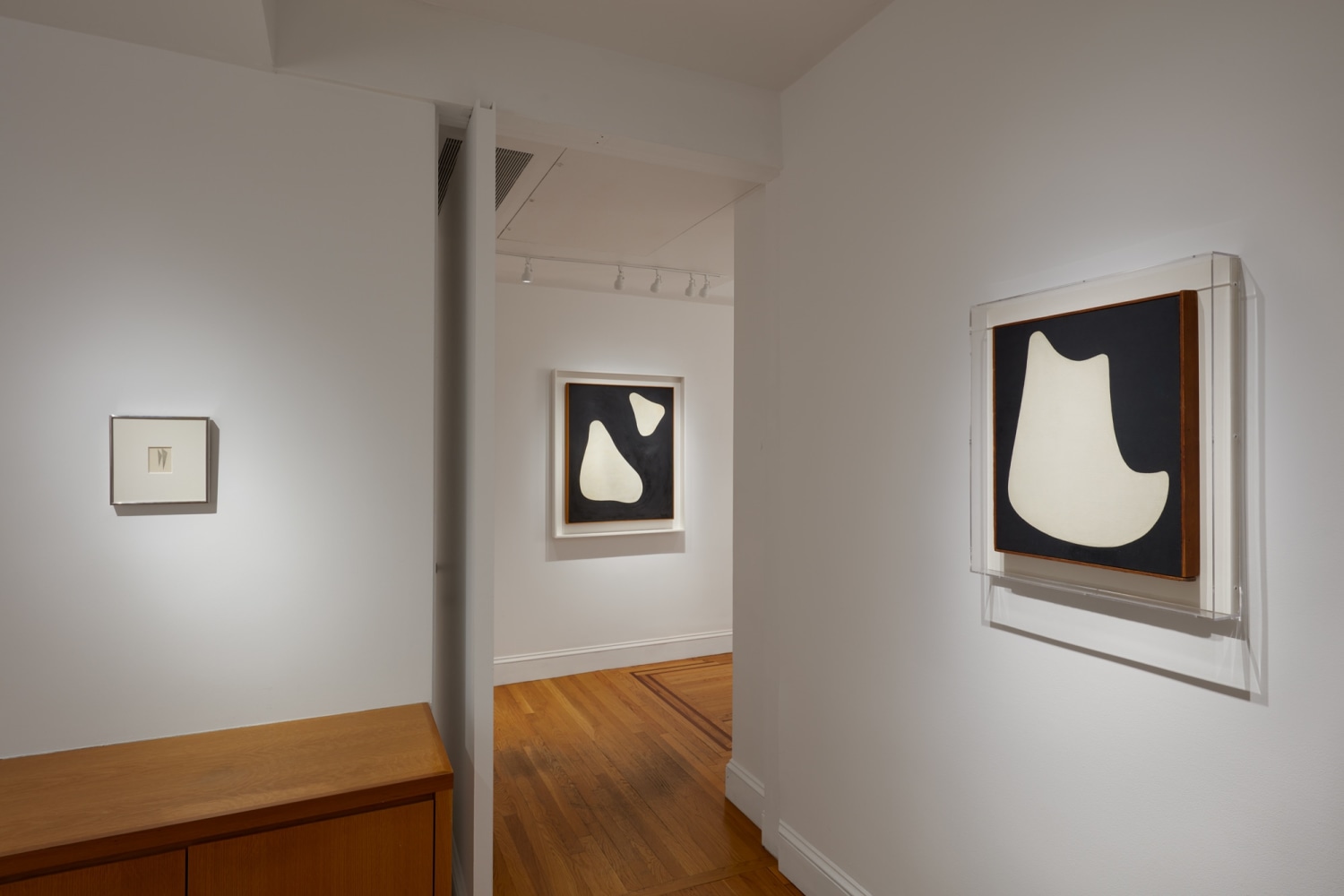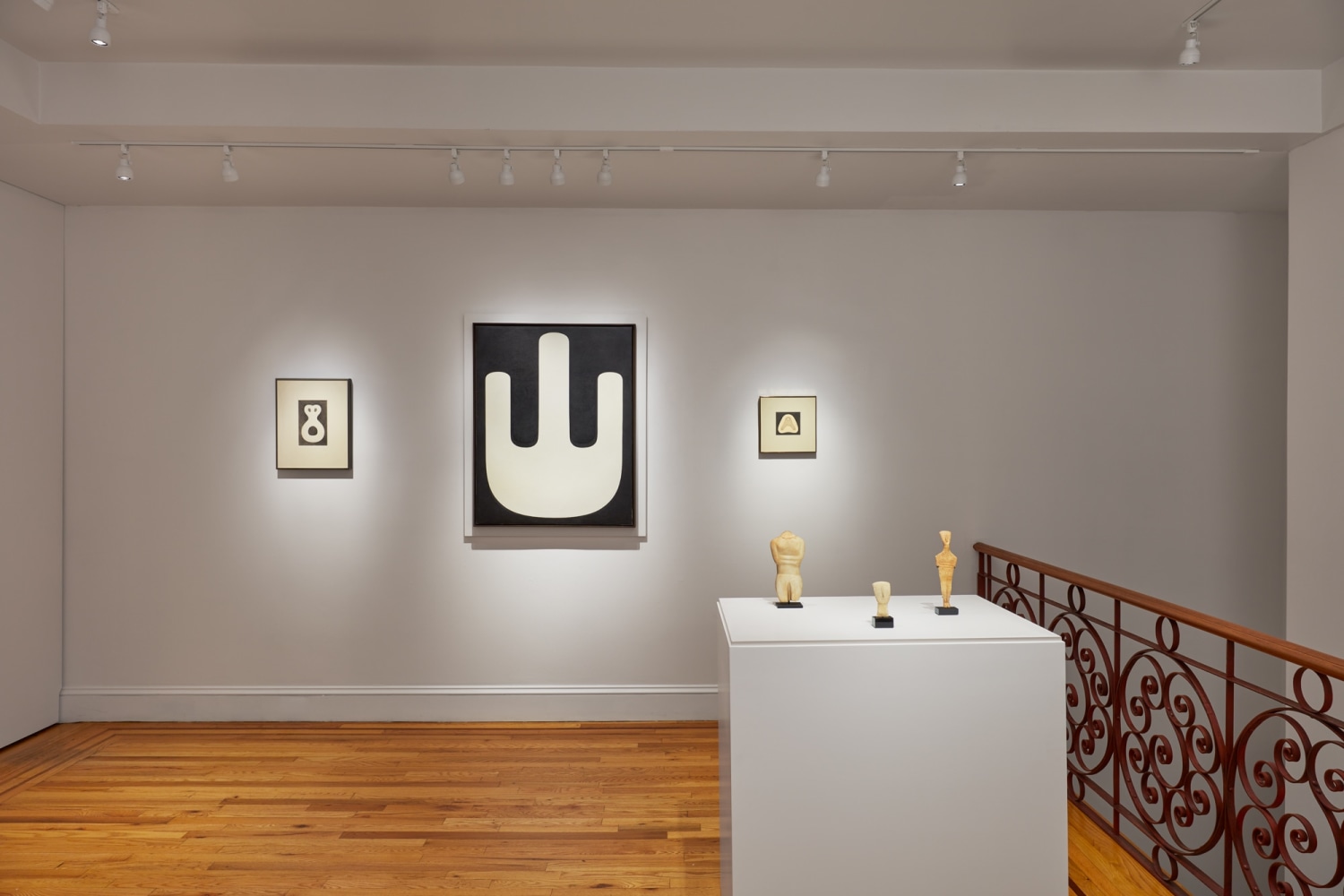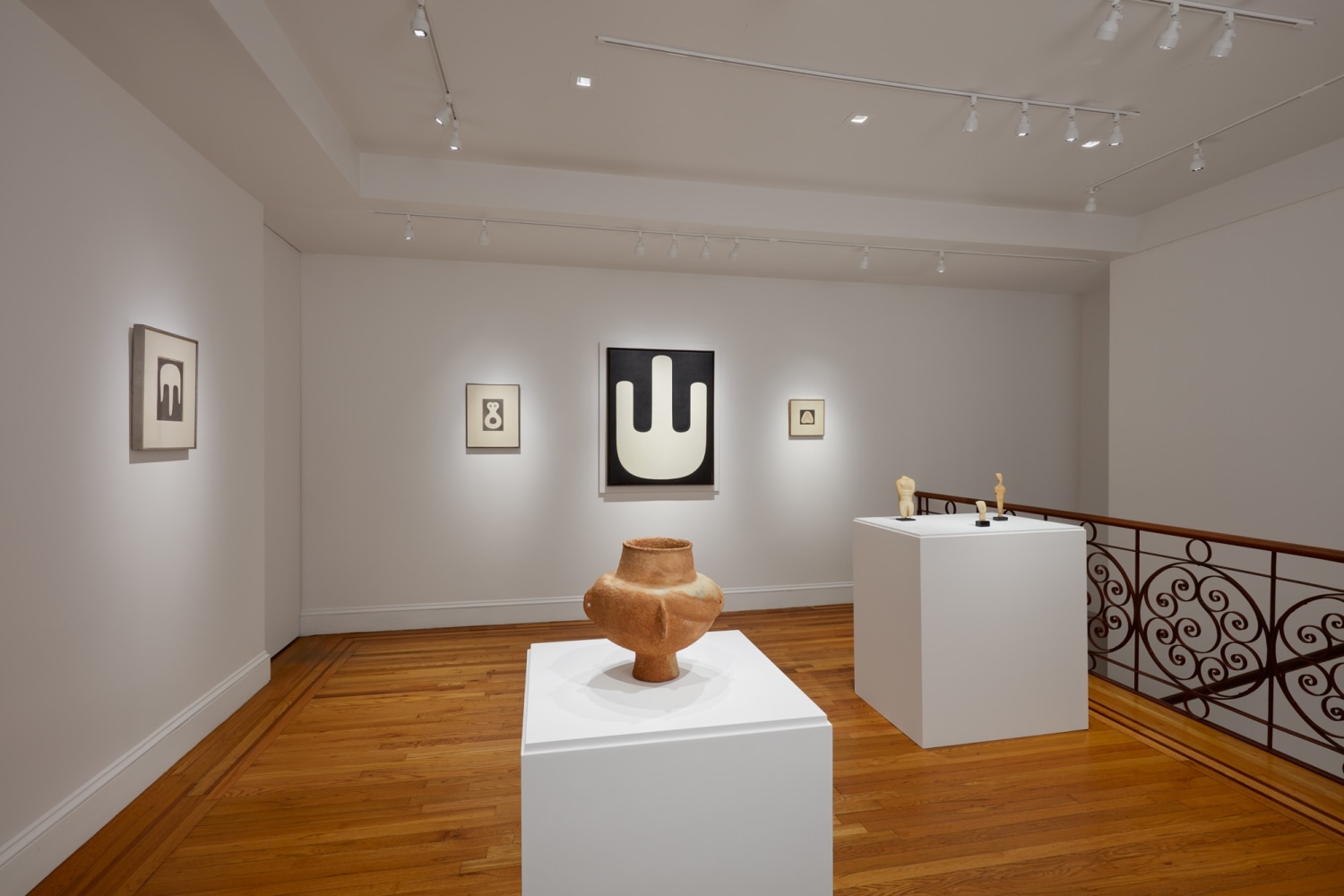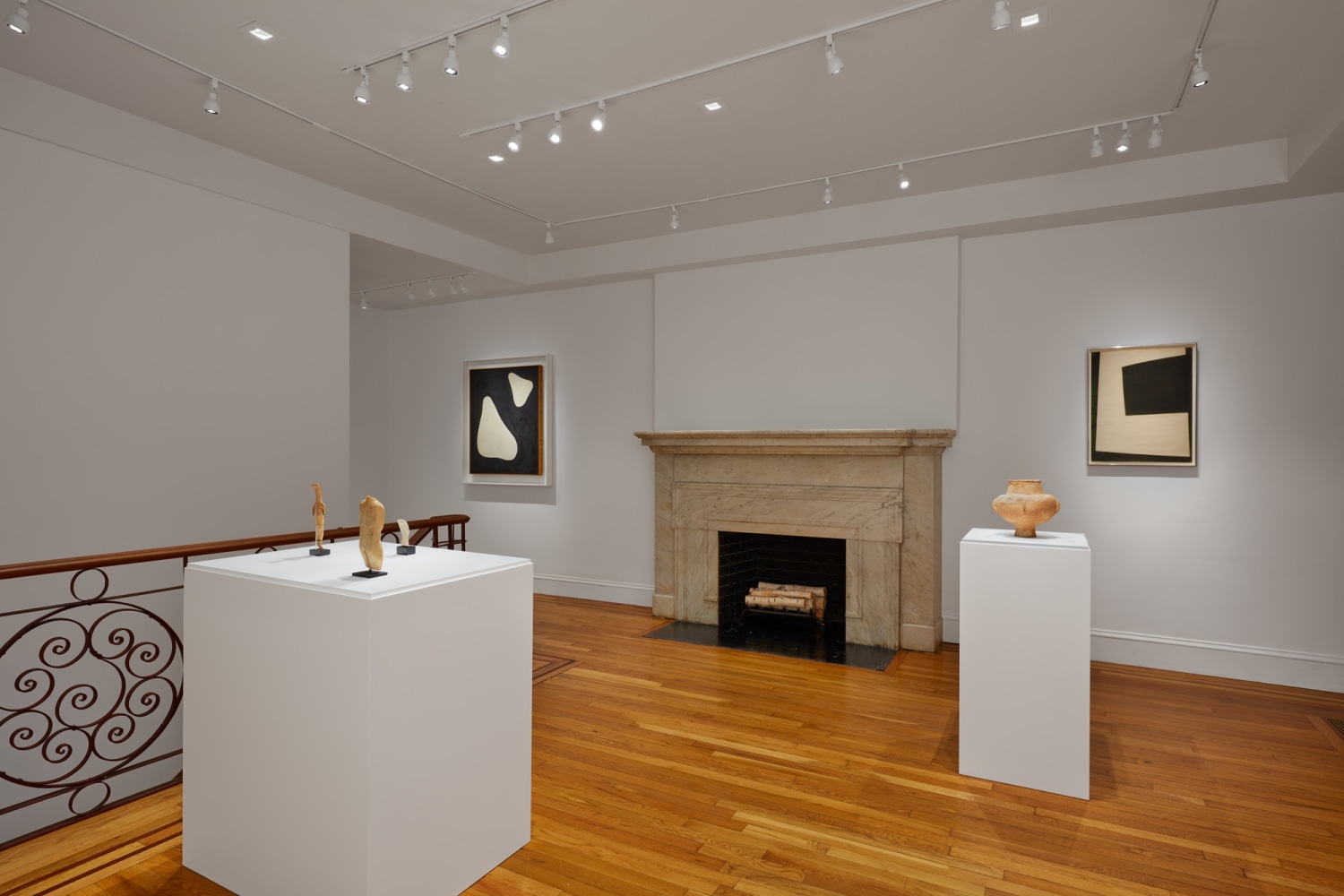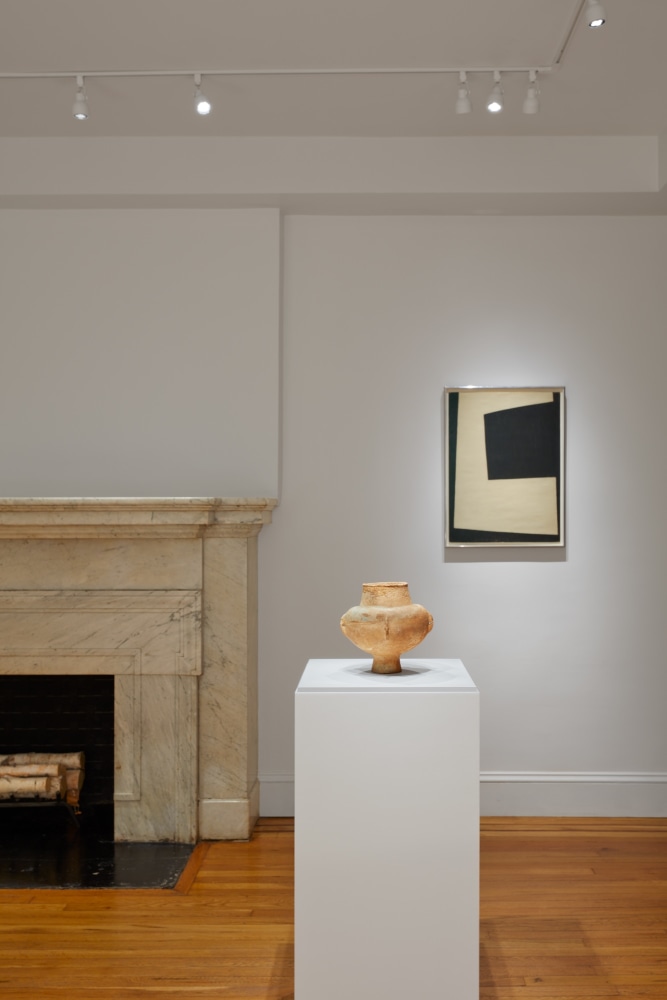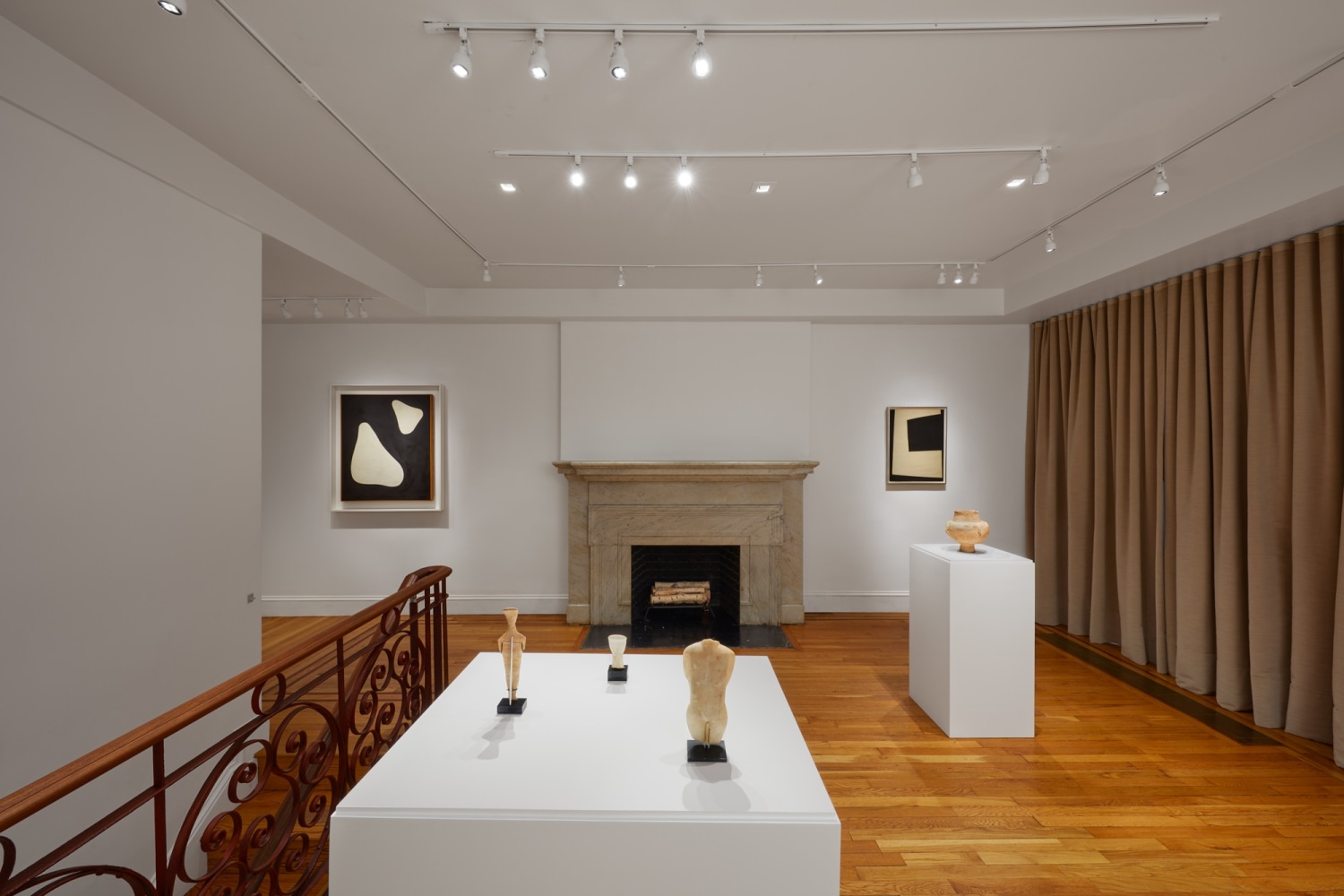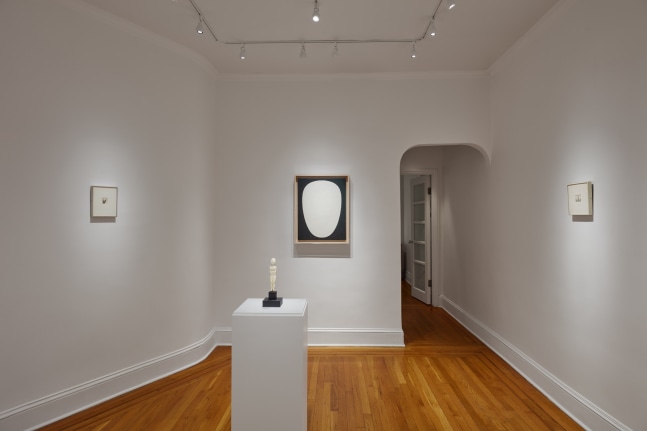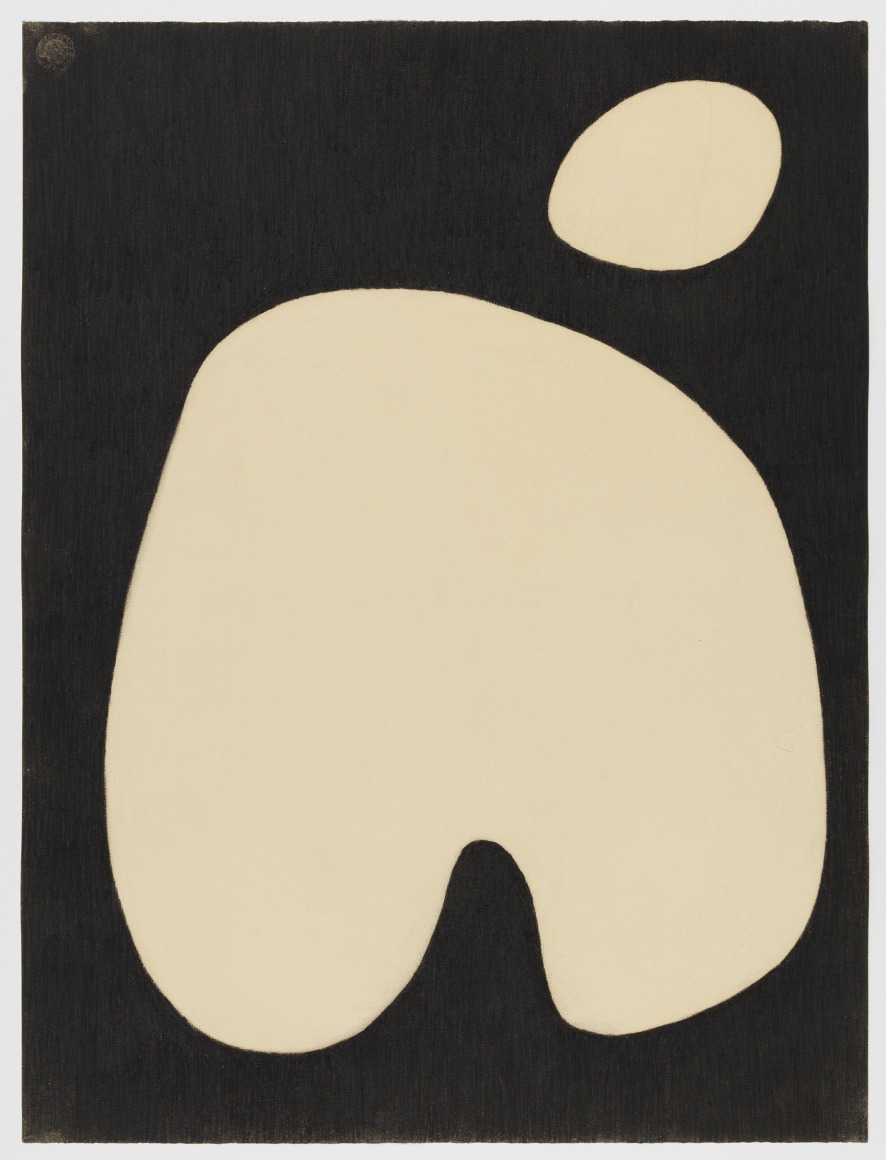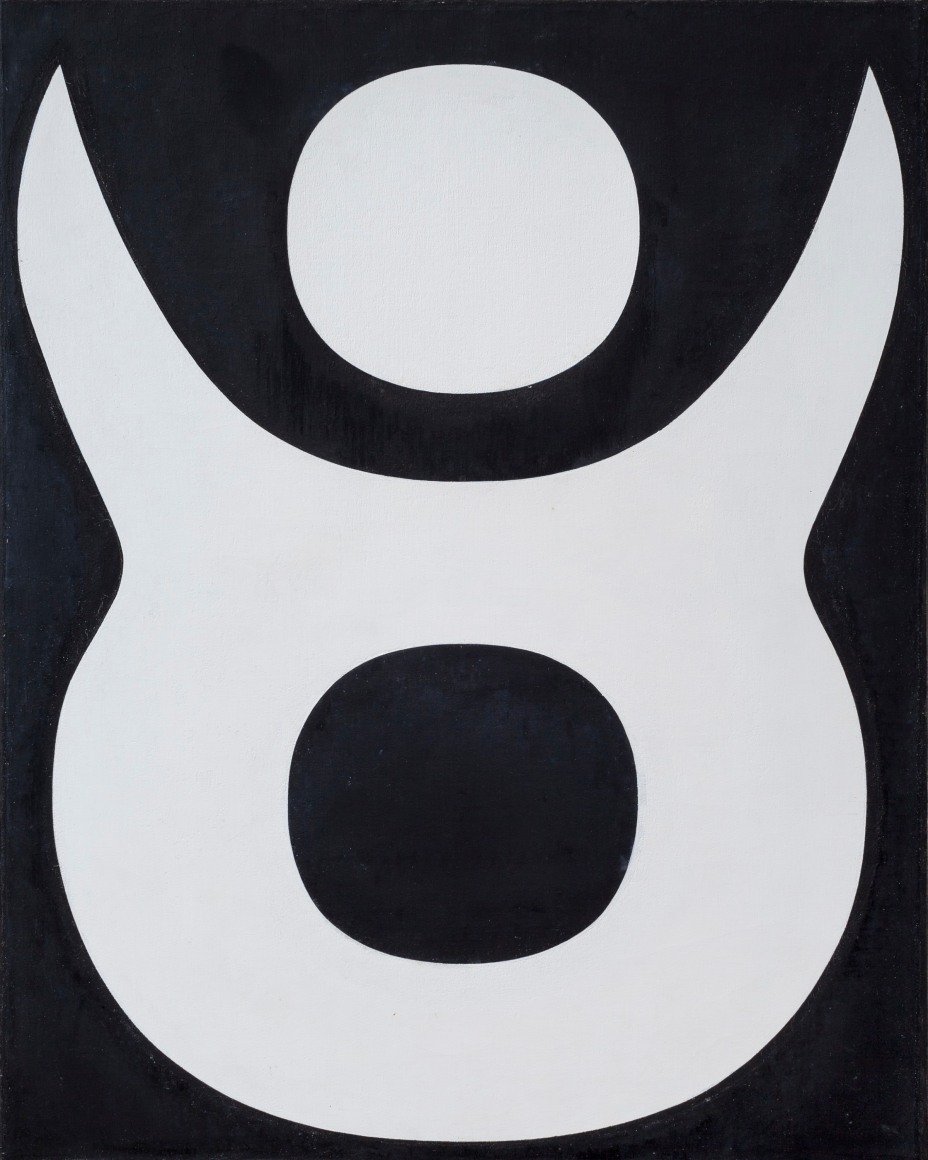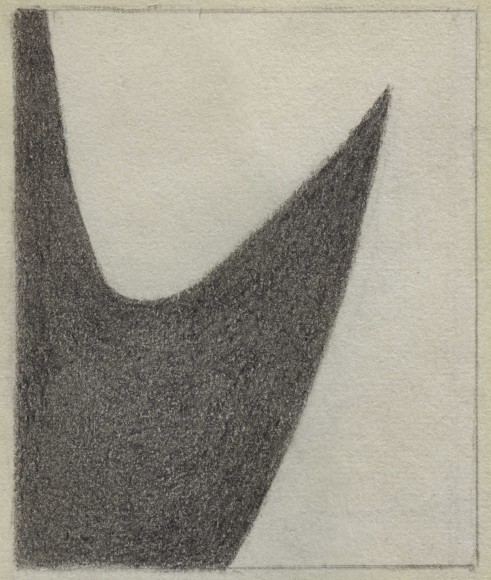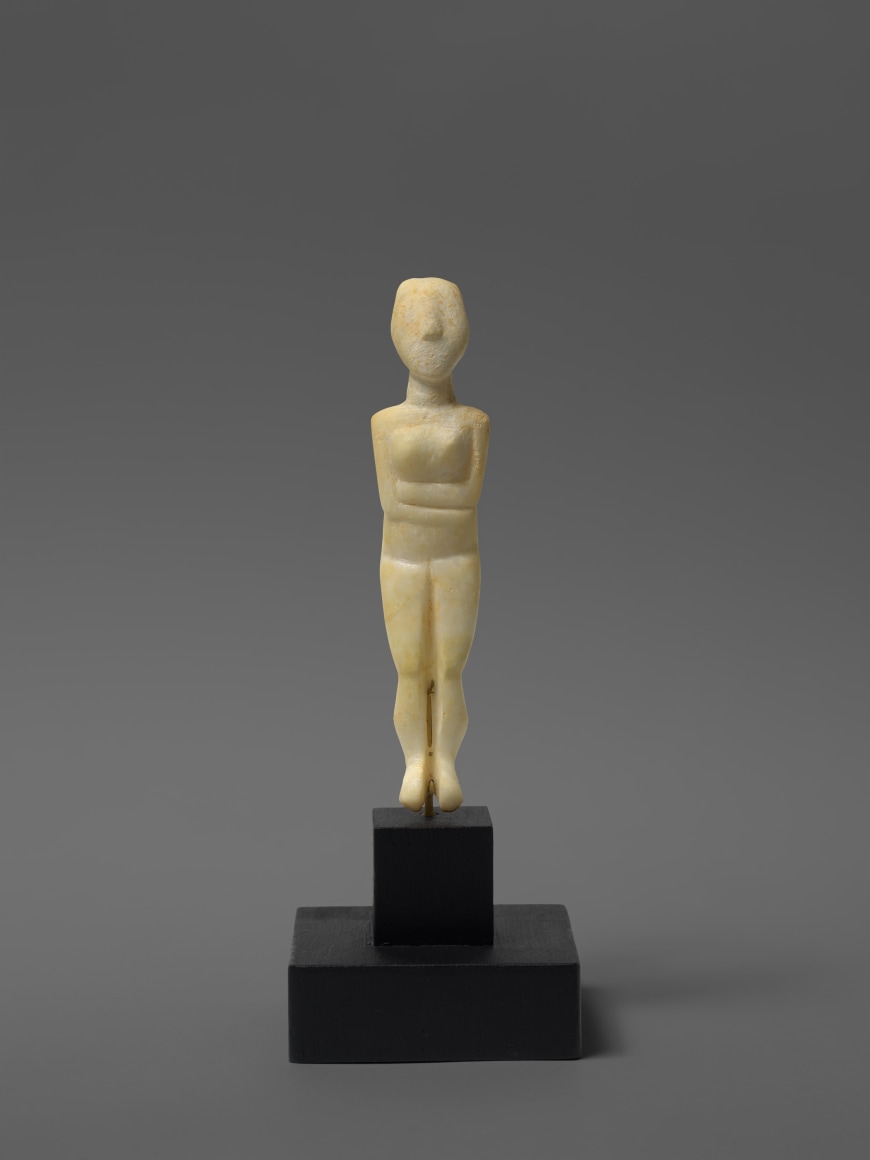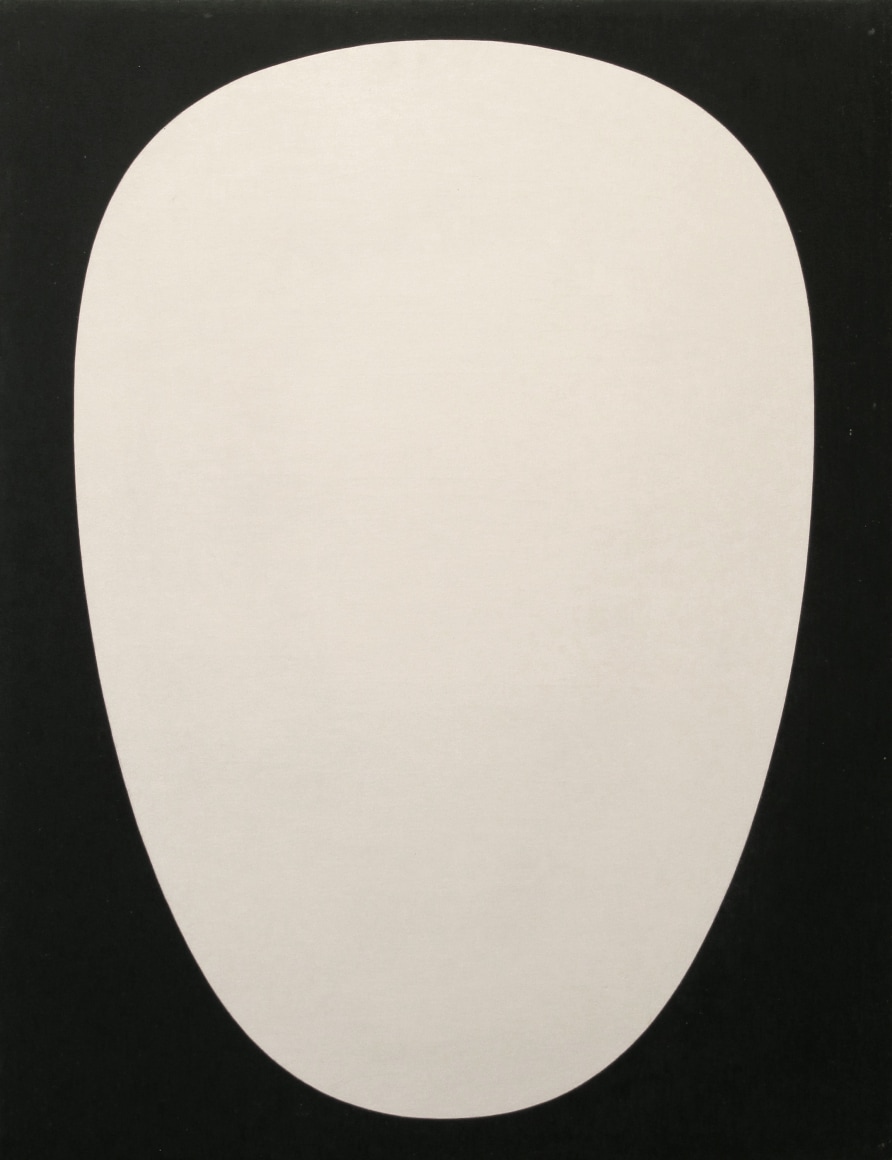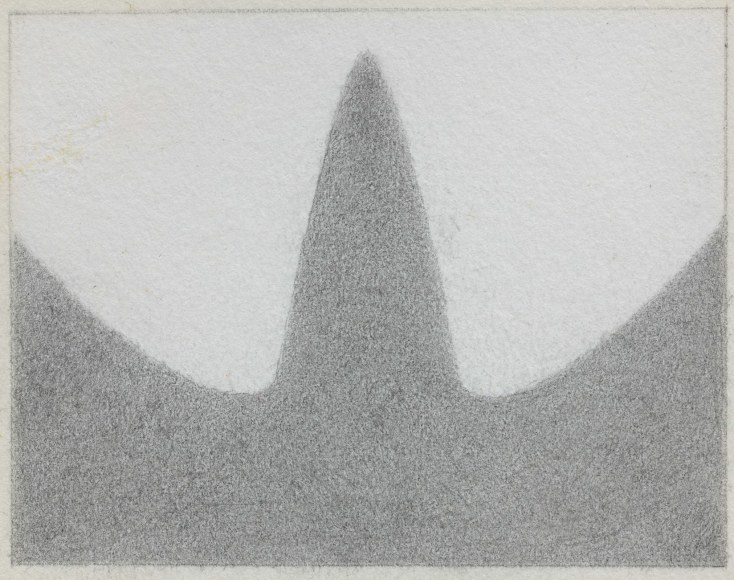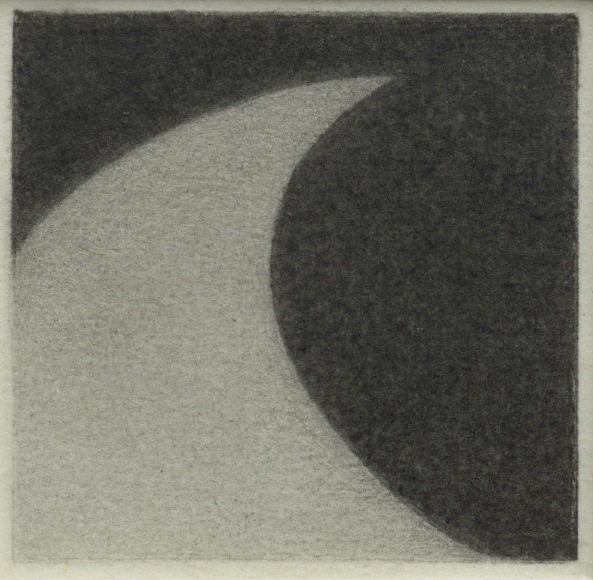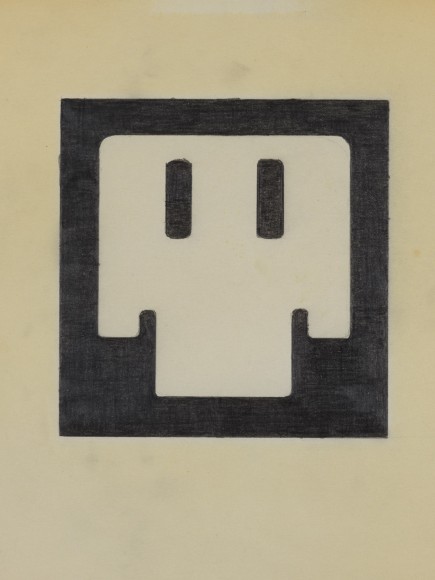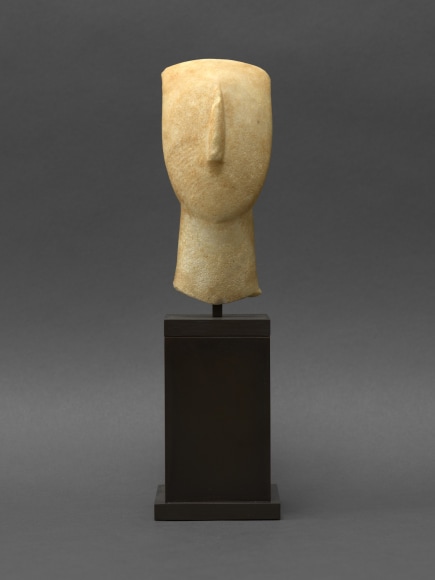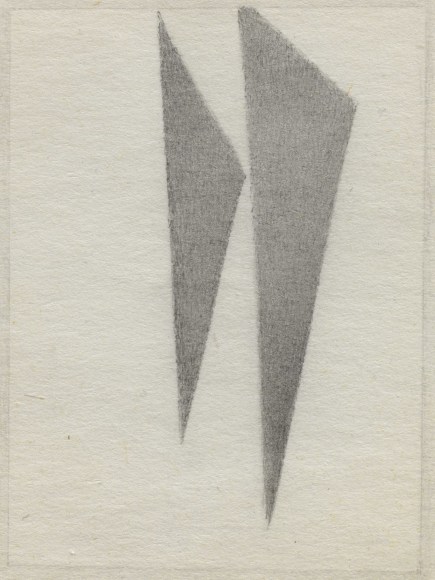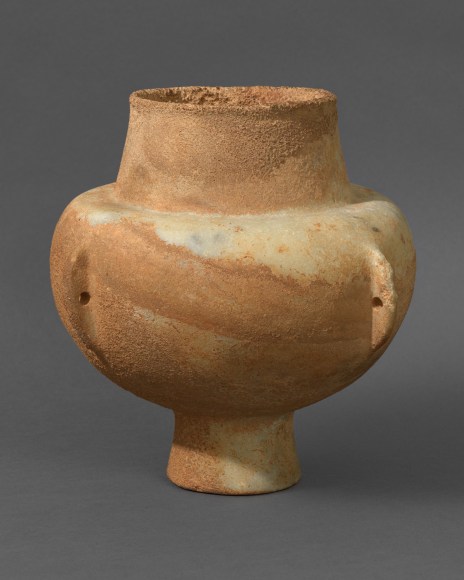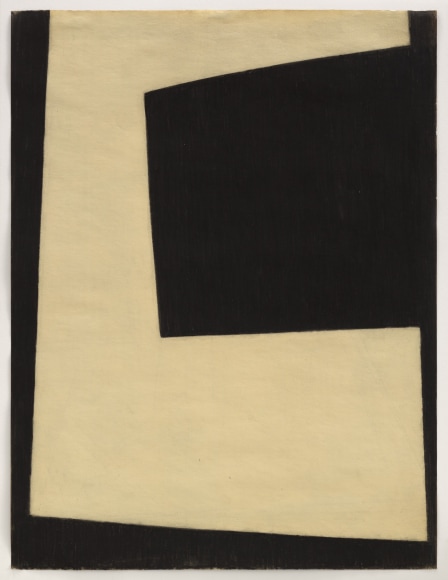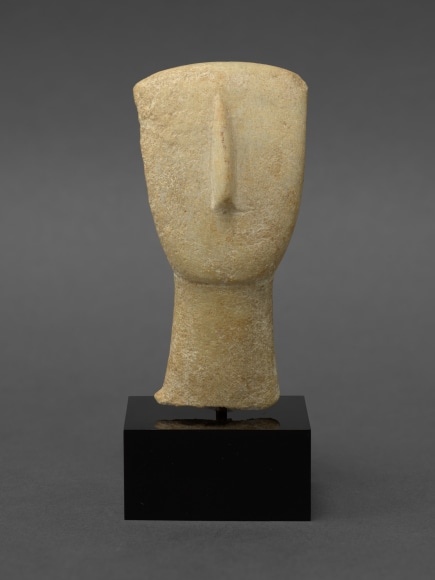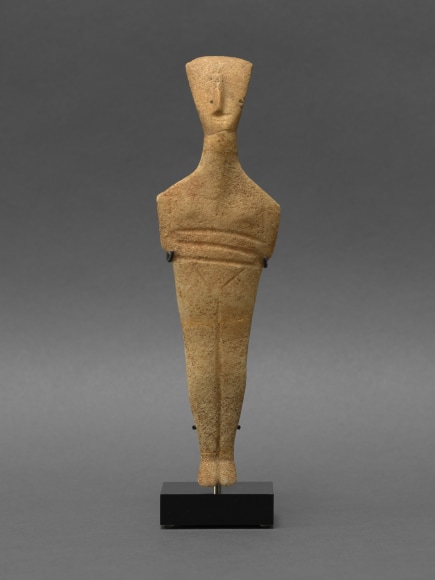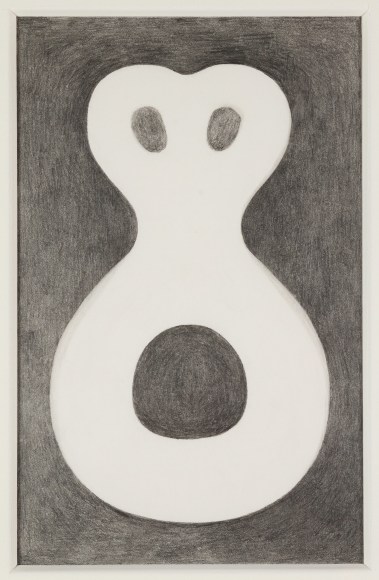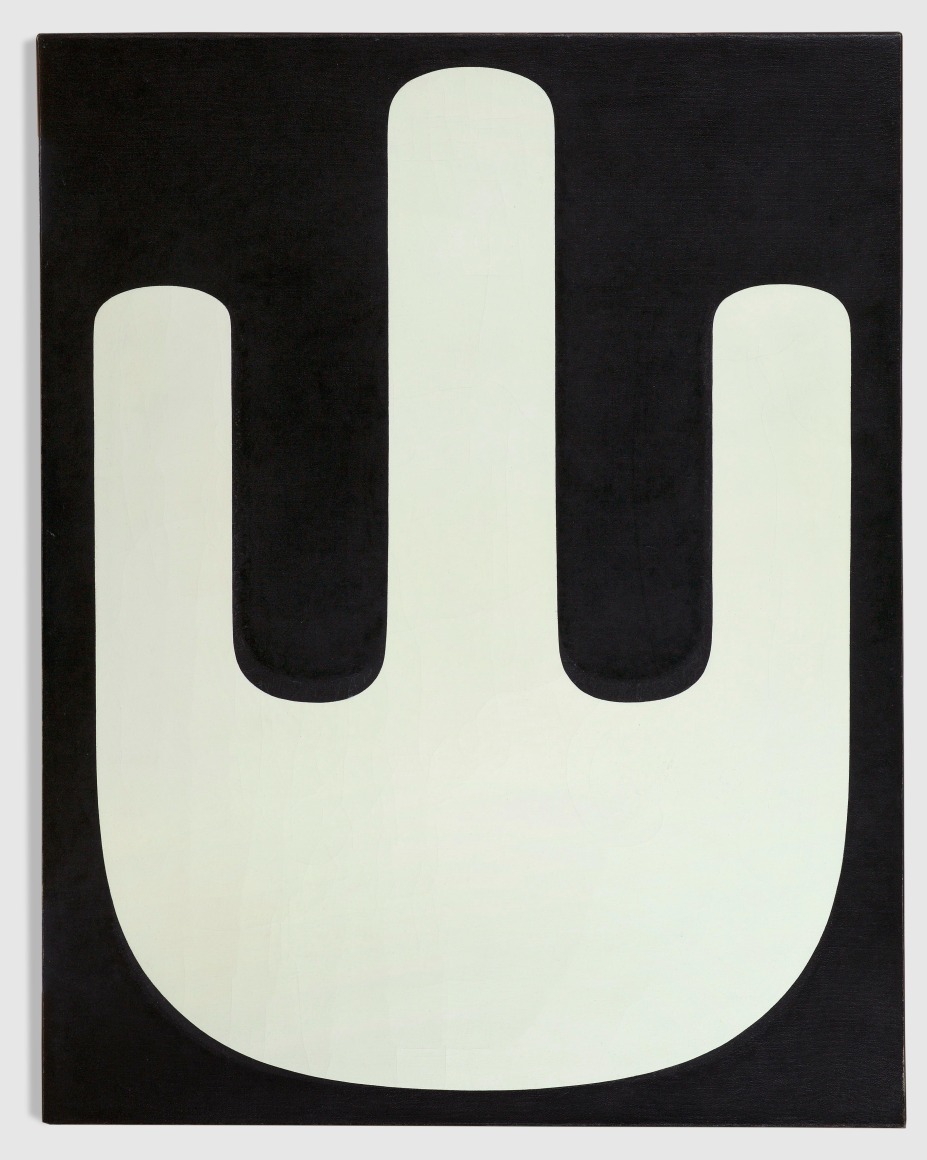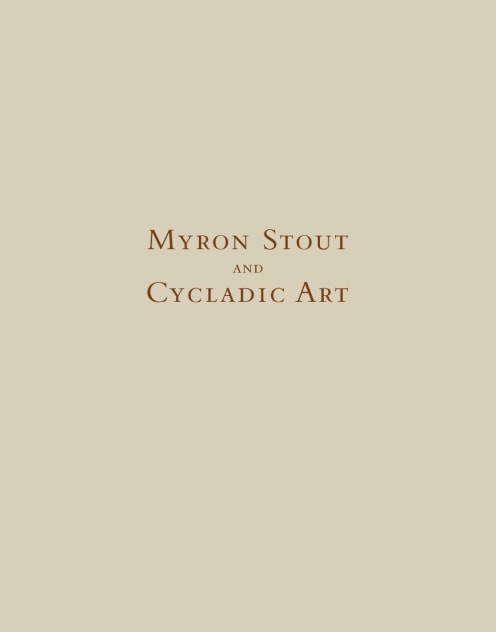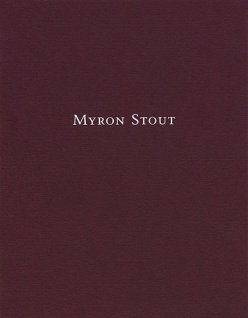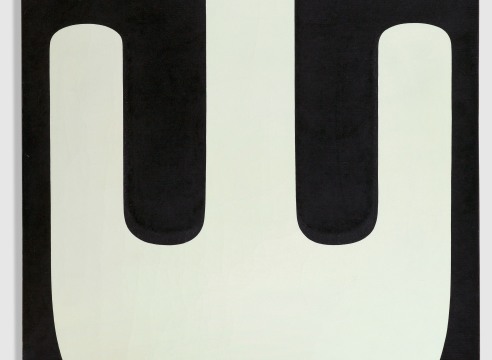
“The appeal of Greece, and I suppose all of Greek mythology as coming out of it, is this business of beginnings. Where did things start? How can you get at the beginning of things?”– Myron Stout
NEW YORK – Craig F. Starr Gallery is pleased to announce an exhibition pairing the iconic black and white work of Myron Stout (1908-1987) with marble sculptures from Cycladic culture, the Bronze Age civilization that flourished among the islands of the southern Aegean from 3,200 to 1,100 BC.
Myron Stout & Cycladic Art is the first exhibition to explore Stout’s affinity for the Ancient Mediterranean on his artistic practice and includes six Cycladic sculptures interspersed among five paintings and eight drawings by Stout, ranging from the early-1950s to early-1980s. The exhibition will be on view from October 5, 2021 – January 15, 2022 and will be accompanied by a catalogue with an essay by artist and author Tina Dickey. She was a close, personal friend of the artist, and the editor of Selections from the Journals of Myron Stout.
It has been noted that Stout loved Cycladic sculpture and was well versed in Greek dramatic literature and history. He was awarded a grant from the National Endowment for the Arts in 1967 and a Guggenheim Fellowship in 1969, which allowed him to travel to Greece and Crete on three separate occasions. Stout frequently used mythological names as titles, and this exhibition includes such works as: Hierophant, Leto, and Tereisias.
Much like Stout’s Modernist icons, the hand-carved Cycladic figures and vessels included in this exhibition feature bold, simple forms, revealing a sensitivity to harmony, scale, and proportion. Among the most celebrated Cycladic carvings are highly stylized representations of the female figure, which recent archeological evidence suggests were likely used in funerary and burial rites. Despite having been originally painted, the appealing geometries and monochromatic features of Cycladic art were celebrated by many 20th century artists, from Pablo Picasso to Alberto Giacometti. Picasso once said that a Cycladic figure he owned was “better than Brancusi. Nobody has ever made an object stripped that bare.”
Similarly, for Stout, the seemingly originary, mythical presence of these enigmatic Bronze Age objects must have captured his imagination. As Tina Dickey notes in her essay, “For Myron, mythology didn’t just belong to the Greeks but wherever ancient artists tried to ‘make the forms as simple, primary, and basic as possible.’”
After moving from New York City to Provincetown, MA in 1952, Stout began working on a series of intimately scaled works rendered in rich blacks, lunar whites, and silvery grays, bridging the sensibilities of Abstract Expressionism and Minimalism. Working deliberately and meticulously over the course of several years, he finished – or nearly finished – only 13 black and white paintings. In these works, he aimed to distill personal self-expression into highly refined and evocative forms, having once declared that “a painting is the external, material evidence of one’s personal myth, built up from birth within one’s self.”
The historical remoteness of Cycladic art—combined with the lack of concrete evidence about intended uses or meanings—has continuously rendered it the subject of fascination and speculation for artists and scholars alike, thus admitting a wide range of symbolic interpretations. As Stout once wrote, “the life of a symbol is in its refusal to become fixed. It is through its metaphorical quality that it takes on a thousand meanings.”
In the introduction to the catalogue for Stout’s 1980 Whitney retrospective, B.H. Friedman describes the practical and spiritual qualities of Stout’s work which helps elucidate the poetic affinity to Cycladic art: “made from his deepest feeling what amount to ritual objects—objects so physical, so full of the grain and texture of life that they suggest metaphysical photographs taken somehow simultaneously at the dazzling speed of light and at the slow, grinding pace of eternity.”

